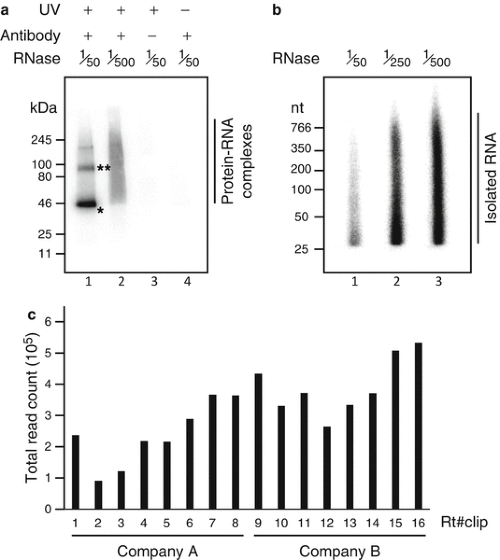
Selected participants will be sent an email and asked to reconfirm their attendance no later than February 15th. Applicants can register for either or both options.
ICLIP TECHNIQUE REGISTRATION
Registration is open untill JANUARY 31st. Registration fees (Practical part in Barcelona): 500 euros (includes participation in workshop, all the necessary tools to follow the course, didactic material, coffee breaks, lunches and a welcome dinner). The number of participants for practical session is limited to 18.
ICLIP TECHNIQUE FREE
Registration fees (Theoretical part in Orsay): free (includes all the necessary tools to follow the course, didactic material, coffee breaks, lunches and career development event).

The number of participants is limited to 40. The participant selection process will be transparent and take into account gender balance. The course organizers considerably kept a reasonable gender and regional balance at both invited speakers and instructors’ levels. « iCLIP and Ribosome Profiling from A to Z » The course is targeted to junior researchers who will be selected worldwide on the basis of their CV and motivation letter. Participants will receive personalized instruction that will enable them to master those techniques. Both techniques have been used to understand the molecular roles of RNA Binding Proteins in development, cancer and several other diseases. The iCLIP technique is generally used to define, at nucleotide resolution, the Protein/RNA binding sites in vivo, whereas, the Ribosome profiling method provides a detailed approach to studying the mechanics of translation and co-translational processes in vivo. Participants will be taught and able to perform two of the most technically challenging experiments: iCLIP and Ribosome Profiling. It will deal with both iCLIP and Ribosome Profiling techniques. The practical part will take place in Barcelona, from March 13th to March 19th, 2016. It will cover molecular mechanisms, genome-wide analyses and implications in cancer ( session “RNA towards the clinic”).įor more information about the course please visit the following webpage: PRACTICAL COURSE This course will provide an overview of post-transcriptional gene regulations (splicing, polyadenylation, methylation, stability and translation of (pre-) messenger RNAs). It will deal with post-transcriptional gene regulation. The theoretical part will take place in Orsay (near Paris), from March 7th to March 11th, 2016. It is divided in two parts: Theoretical and Practicals (participants can apply to one or both options).

The Clip technique always results in hard edges where the clip is applied.įor example code, see How to: Crop an Object.This course is a joint initiative between the Institut Curie (Paris) and the CRG (Barcelona). If you use the OpacityMask technique, you can create "bleed" effects against the background. You can specify a complex geometry for Clip if you specify a single GeometryGroup as the value and populate the group with child geometriesĪn alternative approach for showing only part of a UIElement visually is to use OpacityMask, using either a RadialGradientBrush or an ImageBrush that uses a transparency mask. EllipseGeometry, GeometryGroup, or RectangleGeometry is probably the simplest to use however, you can use a PathGeometry for more complex results. For complex geometries, the areas that are clipped or not clipped are influenced by the geometry's FillRule.Ĭlipping by using just LineGeometry causes total clipping because the line by itself has no dimension. The clipped area is any area that falls outside the geometry overlay. In other words, the content that is shown (not clipped) is the area of the geometry that would otherwise have a Fill if the geometry were used as data for a Path rather than for clipping. The clipped area is the "outside" of the geometry. The geometry does not have to be rectangular. Dependency property identifier field: ClipPropertyĪ UIElement outside the geometry will be visually clipped in the rendered layout.


 0 kommentar(er)
0 kommentar(er)
